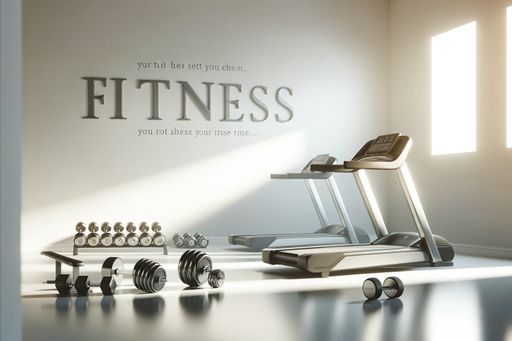‘All it takes is a quick walk’: how a few minutes’ exercise can unleash creativity – even if you hate it
Researchers are finding remarkable links between movement and blue-sky thinking.

The Link Between Exercise and Creativity
Many influential thinkers throughout history have used movement to stimulate their minds and generate creative ideas. Scientists are now confirming this connection and exploring how it works.
Studies have shown that even a short bout of aerobic exercise can spark creative thinking. For example, climbing four flights of stairs has been shown to enhance creativity in just a matter of minutes.
Personal experiences support these findings. Many individuals, including creative professionals, rely on exercise to improve their clarity of thought and come up with new ideas. A quick walk can be all it takes to overcome mental blocks and enhance creativity.
Enhanced Divergent Thinking
Researchers differentiate between two aspects of creativity: divergent thinking and convergent thinking. It is the divergent aspect, which involves coming up with a wide variety of different ideas, that is most consistently enhanced by physical activity.
Studies on various physical activities such as dancing, cycling, stair climbing, and running have all shown improvements in divergent thinking.
Divergent thinking tests require individuals to think of multiple different solutions to a problem without a single 'correct' answer. These tests provide a good measure of creative potential and are associated with creative achievement in real-world scenarios.
How Physical Activity Boosts Creativity
Physical activity has been found to benefit the brain in terms of mental health and cognitive function. Regular aerobic exercise can lead to structural changes in the brain that enhance various cognitive processes.
Acute exercise, even just a single session, improves blood circulation and increases the production of proteins that promote brain cell growth and survival.
Neuroimaging studies have also shown that physical activity can temporarily dampen activity in the prefrontal cortex, allowing thoughts to flow more freely and leading to creative ideas.
Walking and running have been particularly effective in facilitating creative thinking, as they provide opportunities for incubation and allow the mind to wander and make diverse connections between ideas.
The Role of Psychological Factors
Psychological factors also contribute to the link between creativity and movement. Exercises, whether intense workouts or leisurely walks, physically take individuals away from their current tasks and facilitate state transition.
Changes in perspective and the movement itself can foster new thoughts and ideas. Studies have shown that even a few minutes of walking can enhance originality of ideas in creative tasks.
Interestingly, exercise doesn't necessarily need to improve mood to boost creativity. Negative emotions like stress and anger can also enhance creative thinking, especially in problem-solving scenarios.
While research on creativity and physical activity continues, experts suggest that short active breaks can rejuvenate creativity and problem-solving abilities in schools and workplaces. Knowing that just a few minutes of low-intensity physical activity can enhance creative thinking can motivate individuals to incorporate movement into their daily routines.



